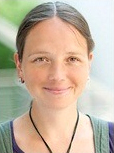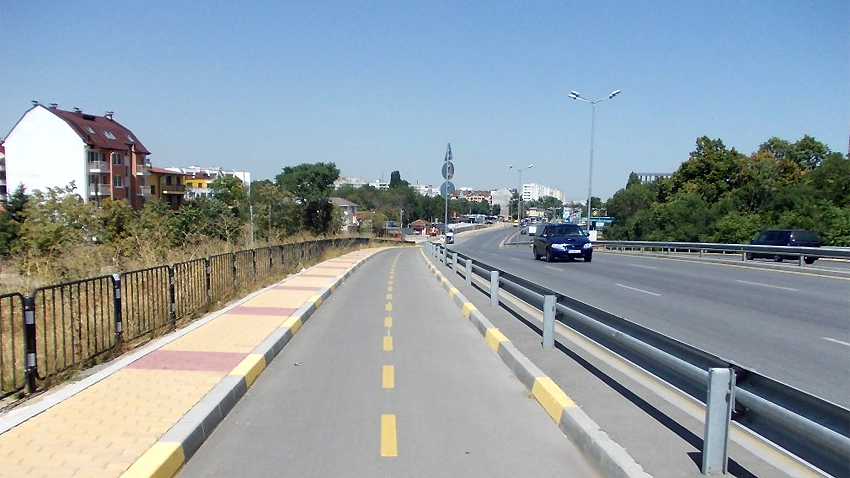By 2019 Sofia would have 150-200 kilometers of cycle lanes. These are the plans of the Sofia Municipality. But is this achievable at the backdrop of the urban environment in the Bulgarian capital city? What are the weaknesses of existing cycling infrastructure and what could motivate people start riding a bike? More from architect Petya Petrova from the Bike Evolution Association:
 “Currently existing infrastructure lacks maintenance. There is almost no cycling infrastructure at major crossings, which are some of the most dangerous places for cyclists. When a novice biker is riding on a lane they reach a crossroads with no infrastructure and are put in risk. Narrow cycling lanes are yet another problem. Fortunately, the Ministry of Regional Development has planned to adopt wider cycling lanes in its regulatory acts in the autumn.”
“Currently existing infrastructure lacks maintenance. There is almost no cycling infrastructure at major crossings, which are some of the most dangerous places for cyclists. When a novice biker is riding on a lane they reach a crossroads with no infrastructure and are put in risk. Narrow cycling lanes are yet another problem. Fortunately, the Ministry of Regional Development has planned to adopt wider cycling lanes in its regulatory acts in the autumn.”
According to changes there will be zones shared between pedestrians, riders and drivers and the speed limit there will be 30 kilometers per hour. Where it is possible cycling lanes will be separated from other traffic. There will be separate bike lanes in parks, too.

Bike Evolution members also call for creating pedestrian zones where cycling will be limited, just like in other European cities.
In residential areas a speed limit of 30 kilometer per hour would increase the safety of pedestrians, the NGO says.
According to latest data from 2010, bicycle riders are about 1 percent of all road traffic participants. The goal of the Sofia Municipality is this number to triple until 2019.
“This would be a big jump that requires stable policy. In addition to high-quality infrastructure, other measures that would urge children and adults to go to school or work by bike must be taken. A number of other measures not related to infrastructure can also be taken but the message of the Sofia Municipality towards the citizens is of high importance, too. Creating convenient crossroads and curbs is a message to cyclists that they are welcome in this city.”

English: Alexander Markov
Topics related to renewable resources and natural disasters united students from the Bulgarian Sunday School "Assen and Iliya Peykovi" in Rome, the First English Language School in Sofia and the Greve High School near Copenhagen. The project aims to..
More than 50 wine producers from Bulgaria and Greece are going to take part in the contest for best wine with which the two-fay wine festival will kick off in Delchevo village near Gotse Delchev. Expert oenologists will evaluate a total of 134..
The day of St. Tryphon is marked on 1 February old style (14 February new style), and i n the folklore calendar it spans 3 days, known as Trifontsi – 1,2 and 3 February. Known in popular tradition as Trifon Zarezan (Trifon the pruner), it is a..
Easter 2020 went down in history with two things. The first was the state of emergency, introduced due to the Covid-19 pandemic that..

+359 2 9336 661
